Ice Fishing in Finland: A Unique Arctic Experience
Finland, the land of a thousand lakes, transforms into a winter wonderland when temperatures plummet and water bodies freeze solid. Among the many winter activities enjoyed by Finns, ice fishing stands out as a beloved tradition that dates back centuries. This peaceful yet exhilarating practice combines skill, patience, and a deep connection with nature, offering visitors a genuine taste of Arctic life. Whether you’re an experienced angler or a curious traveler seeking authentic Nordic experiences, ice fishing in Finland presents an opportunity to immerse yourself in a cultural practice that has sustained communities through long, dark winters for generations.
The Rich History of Finnish Ice Fishing
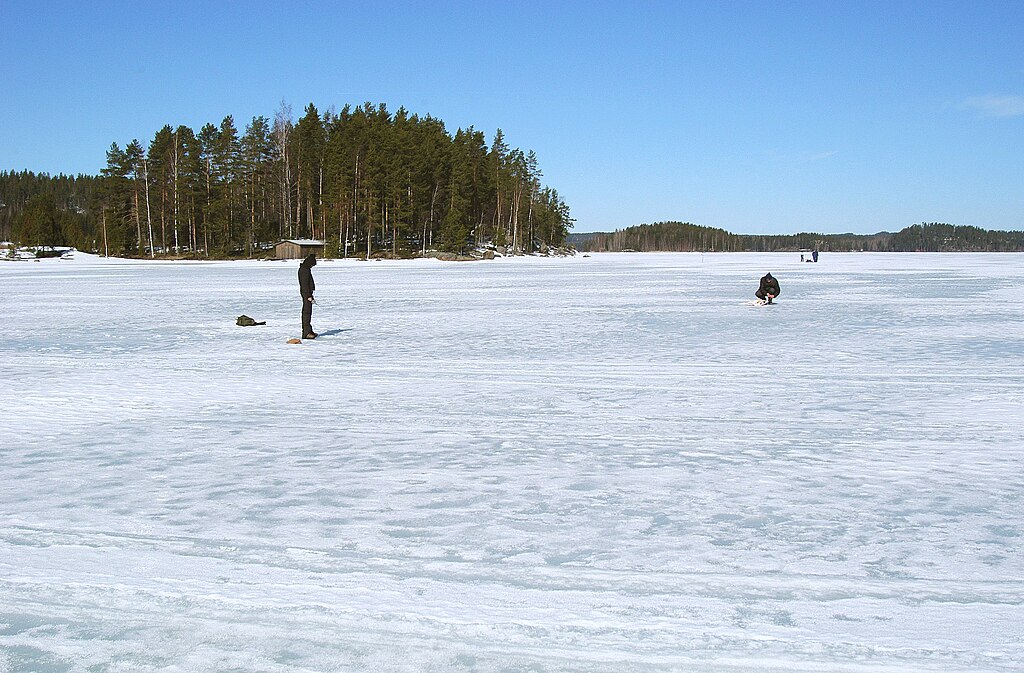
Ice fishing in Finland isn’t merely a recreational activity but a practice deeply embedded in the country’s cultural heritage. For centuries, Finnish people have relied on winter fishing as a crucial source of sustenance during the harsh winter months when other food sources were scarce. Archaeological findings suggest that ice fishing techniques have been utilized in the region since at least the Stone Age, with primitive tools fashioned from bone and wood. The methods have evolved, but the fundamental practice of breaking through ice to access the waters below has remained constant. Today, while no longer essential for survival, ice fishing continues as a cherished tradition passed down through generations, connecting modern Finns to their resilient ancestors.
Prime Seasons for Ice Fishing Adventures
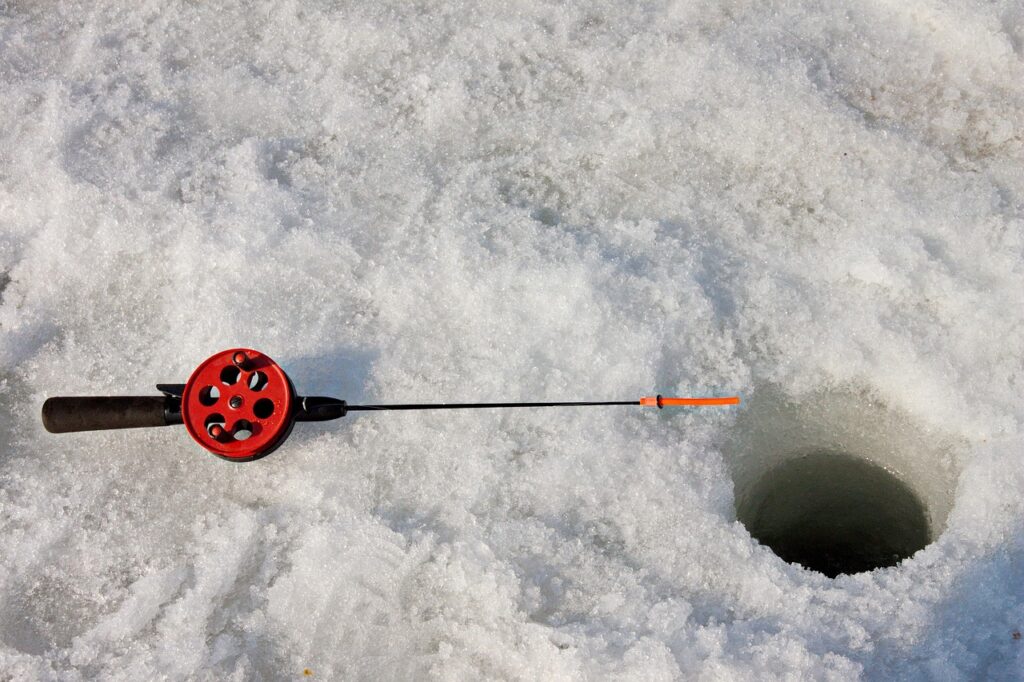
The ice fishing season in Finland typically extends from December through April, though exact timing varies depending on location and annual weather conditions. January and February generally offer the most reliable ice conditions, with ice thickness often reaching 50-70 centimeters (20-28 inches) on many lakes. Early season (December) often provides excellent fishing as fish are still quite active, while late season (March-April) brings longer daylight hours and milder temperatures, making for more comfortable fishing conditions. Many experienced anglers consider March the prime time for ice fishing, as the strengthening sun triggers increased fish activity while ice conditions remain safe. Regional variations exist, with Lapland in the north experiencing a longer ice fishing season than southern regions like Helsinki, where ice may not form until January.
Essential Gear for Finnish Ice Fishing
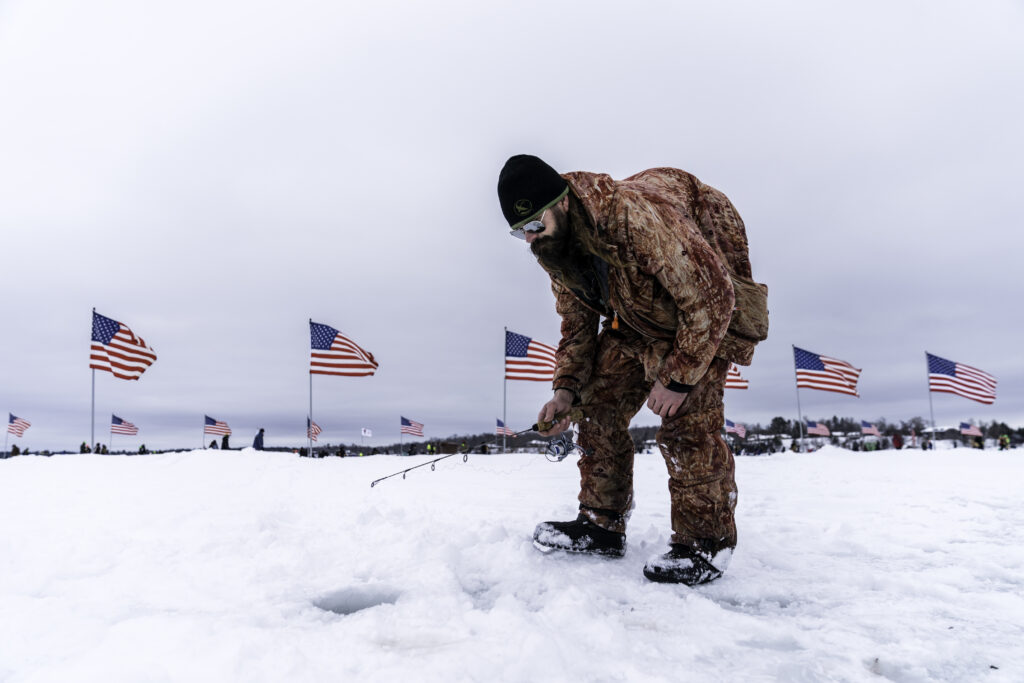
Proper equipment is crucial for both safety and success when ice fishing in Finland. The fundamental tool is the ice auger (kaira in Finnish), used to drill holes through the ice, which comes in manual and motorized varieties. A specialized ice fishing rod (pilkki) is much shorter than conventional fishing rods, typically 25-40cm long, designed for fishing in confined spaces. Ice scoops are necessary for clearing slush and ice fragments from your fishing hole. Warm, waterproof clothing is essential, with locals recommending a layering system topped with wind-resistant outerwear. Many Finnish anglers use portable chairs or stools, and serious enthusiasts might bring portable shelters (kota) for protection from wind and snow. Safety equipment is non-negotiable, including ice picks worn around the neck, ice thickness testing tools, and often a throw rope for emergencies.
Popular Fish Species in Finnish Waters
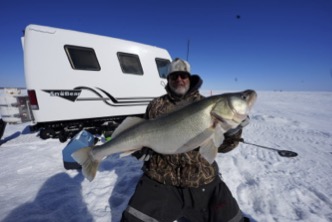
Finland’s lakes and coastal waters host a diverse range of fish species that can be caught through the ice. Perch (ahven) is perhaps the most common and popular target, known for its tasty white meat and relative abundance. Pike (hauki) offers a more challenging catch, with specimens potentially reaching impressive sizes and providing an exciting fight when hooked. Whitefish (siika) is highly prized for its delicate flavor, particularly in northern Finland. Burbot (made) presents a unique winter fishing opportunity as it spawns under the ice in January and February. Other common catches include roach (särki), bream (lahna), and arctic char (nieriä) in Lapland’s waters. For those fishing in the Baltic Sea’s frozen coastal areas, herring (silakka) and cod (turska) might find their way to the end of your line.
Traditional Finnish Ice Fishing Techniques

Finnish ice fishing techniques have been refined over generations, with methods varying based on target species and local traditions. The most common approach is “pilkkiminen” (jigging), which involves continuously moving a small lure up and down to attract fish, requiring patience and a delicate touch to detect subtle bites. For predatory species like pike, “iskukoukku” (tip-up fishing) is employed, where a flag signals when a fish has taken the bait, allowing the angler to monitor multiple holes simultaneously. Some traditionalists practice “maderysä” specifically for burbot, using specialized traps set through the ice overnight. In Lapland, Sámi people have preserved unique techniques, including “juomustelukalastus,” a method using a series of connected lines under the ice. What all these methods share is their emphasis on finesse rather than force, reflecting the broader Finnish approach to living harmoniously with nature.
Top Destinations for Ice Fishing in Finland
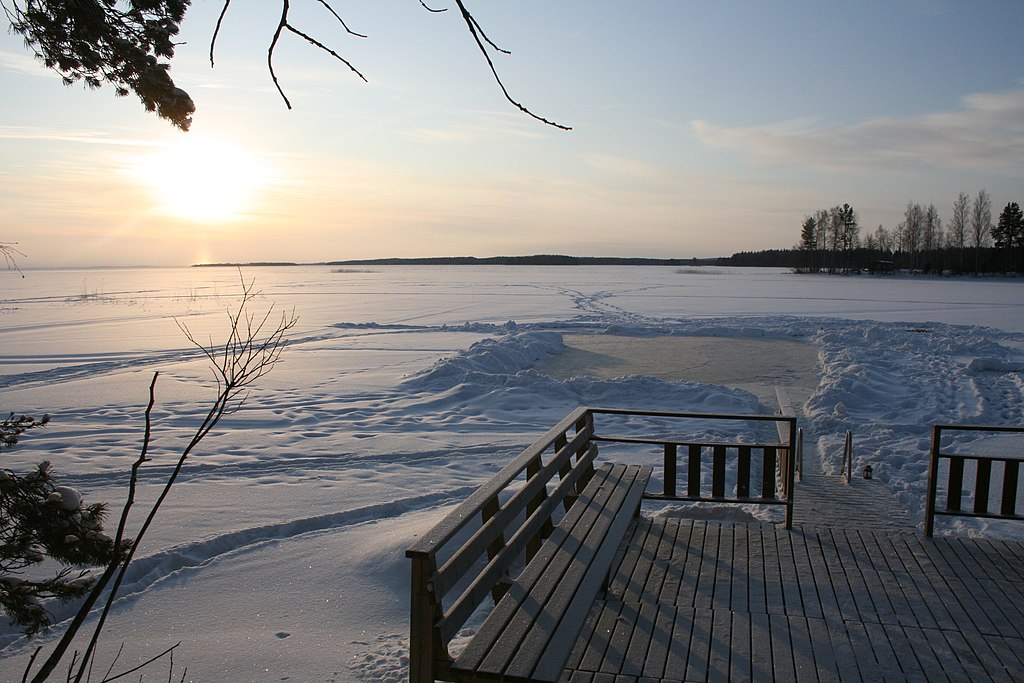
Finland offers numerous exceptional ice fishing locations, each with distinct characteristics and fish populations. Lake Saimaa, Finland’s largest lake, provides vast fishing grounds with abundant perch, pike, and whitefish populations spread across its complex system of interconnected waterways. Lapland’s Lake Inari draws enthusiasts seeking arctic char and large trout in a pristine wilderness setting, with the bonus of possible Northern Lights viewing during fishing excursions. The Gulf of Bothnia’s frozen coastal waters present opportunities for saltwater species not found in inland lakes. For those visiting Helsinki, nearby Lake Tuusulanjärvi offers accessible ice fishing just 30 minutes from the capital, making it popular with locals and tourists alike. The Kemijoki River in Lapland freezes thick enough for safe fishing while still harboring grayling and whitefish in its deeper pools beneath the ice.
Guided Tours and Fishing Packages

For visitors unfamiliar with ice fishing or Finnish waters, guided tours provide an excellent introduction to this traditional practice. Professional guides across Finland offer experiences ranging from half-day introductions to multi-day expeditions complete with overnight stays in wilderness cabins. These packages typically include all necessary equipment, fishing licenses, transportation to prime fishing spots, and instruction on techniques appropriate for local conditions and target species. Many guides enhance the experience by sharing cultural knowledge, wilderness skills, and preparing fresh-caught fish on portable stoves right on the ice. Prices vary widely based on location and services, with basic guided sessions starting around €80-100 per person, while luxury experiences including accommodation and gourmet meals can reach €500+ per day. The best guides emphasize not just catching fish but experiencing the tranquility and connection with nature that makes ice fishing so special to Finns.
Safety Considerations on Finnish Ice

Safety must be the primary concern when venturing onto frozen Finnish waters. The Finnish Meteorological Institute and local authorities regularly monitor ice conditions, but personal vigilance remains essential. Ice should be at least 10cm thick for walking, and 15cm for snowmobiles or group activities, with clear blue ice being stronger than white or gray ice. Never venture onto ice alone, and always inform someone of your planned location and return time. Carrying ice picks (jäänaskalit) around your neck allows self-rescue if you break through, while a throw rope enables helping others in danger. Wearing a flotation suit provides both warmth and buoyancy in emergencies. Local knowledge is invaluable, as certain areas like river mouths, narrows, or springs may have dangerously thin ice even when surrounding areas are solid. Finnish rescue authorities recommend downloading the 112 Suomi emergency application, which automatically transmits your location to emergency services if needed.
Finnish Fishing Regulations and Permits
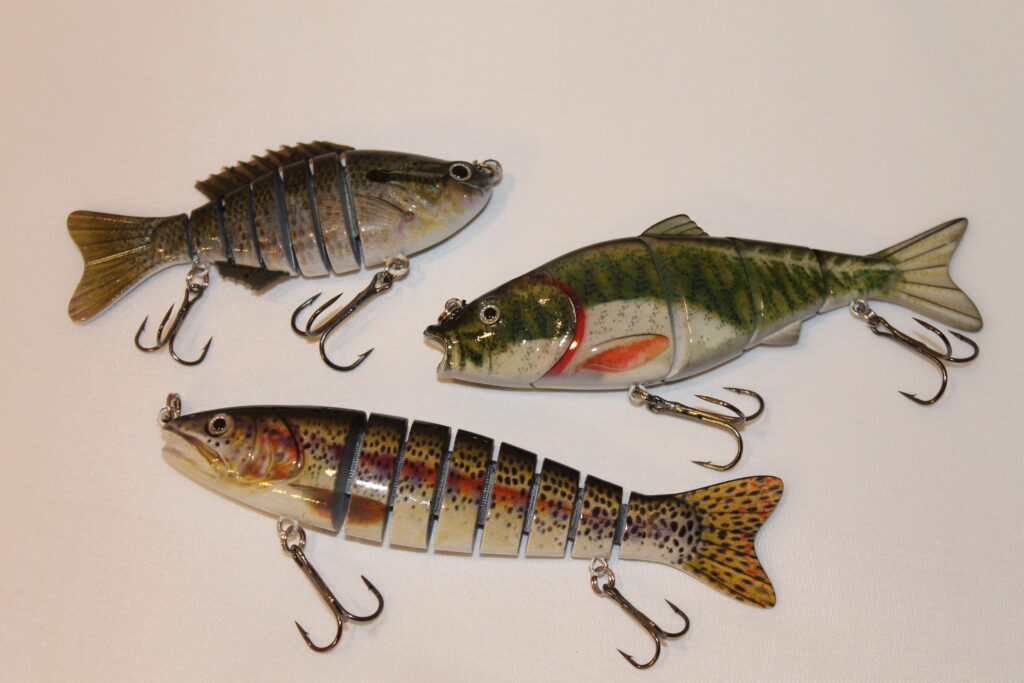
Finland maintains specific regulations to ensure sustainable fishing practices and healthy fish populations. All anglers aged 18-64 must purchase the national fisheries management fee (kalastonhoitomaksu) for any fishing other than simple hook and line, with costs around €45 annually or €6 for a single day. This fee covers most basic fishing rights throughout the country, though some waters require additional permits from local fishing associations or private owners. Size limits protect breeding populations, with undersized fish requiring immediate release, and some waters implement catch quotas for certain species. Specific equipment restrictions may apply in certain areas, and some waters have designated no-fishing zones or seasonal restrictions during spawning periods. While enforcement isn’t omnipresent, Finnish culture strongly emphasizes compliance with these regulations as a matter of environmental ethics and respect for future generations.
The Atmospheric Experience of Finnish Ice Fishing

The sensory experience of ice fishing in Finland extends far beyond the mere act of catching fish. The profound silence of Finland’s frozen landscapes is occasionally interrupted only by the cracking of ice and the whisper of wind through bare trees, creating an almost meditative atmosphere. In Lapland, the low winter sun casts long shadows and bathes the snow in pink and gold hues during the brief daylight hours, while lucky anglers might witness the Northern Lights dancing overhead during evening fishing sessions. The pristine air, among the cleanest in the world, feels invigorating with each breath, especially when contrasted with the steam rising from a fresh cup of coffee poured from a traditional thermos. Many Finns describe ice fishing as a form of mindfulness practice, where the focus required and connection with nature’s rhythms provides respite from modern life’s constant demands and digital distractions.
Culinary Traditions: From Ice to Plate
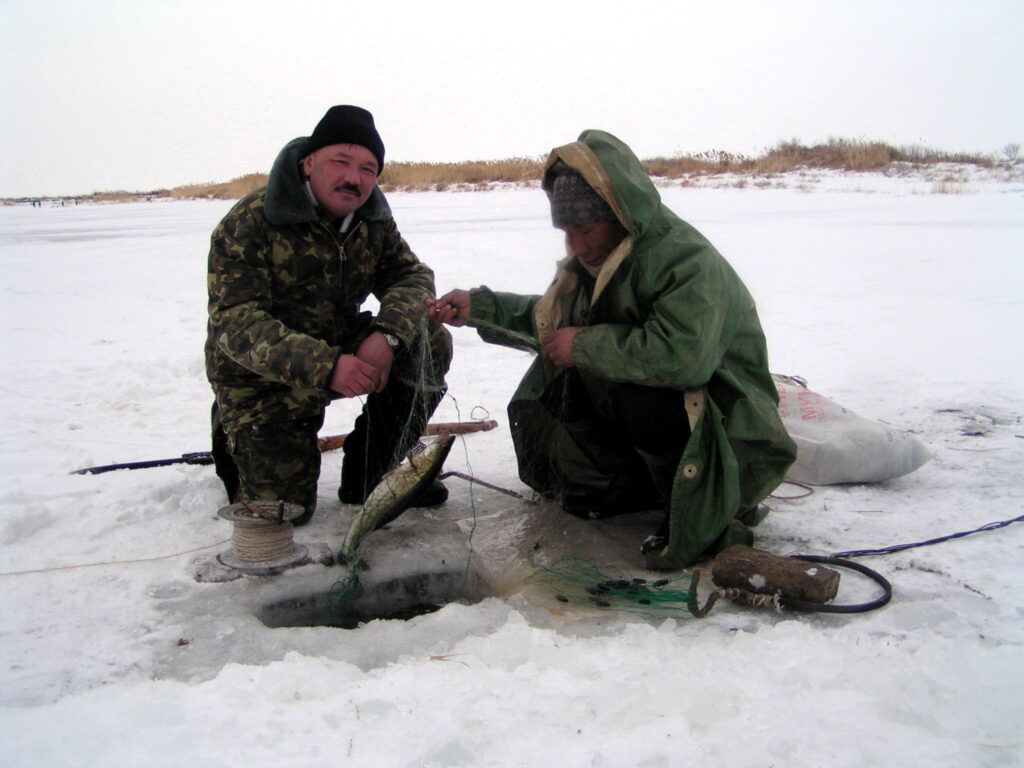
Finnish culture embraces a deep appreciation for fresh, local food, and nowhere is this more evident than in the traditions surrounding freshly caught fish. Many ice fishing expeditions include cooking the day’s catch right on the ice, with small portable stoves used to prepare simple but delicious meals. Traditional recipes include “paistetut ahvenet” (pan-fried perch) seasoned simply with salt and served with lemon, allowing the fish’s fresh flavor to shine. More elaborate preparations might include “kalakeitto,” a creamy fish soup made with potatoes, carrots, and dill that warms anglers from the inside out. Some Finns bring pre-prepared “rieska” (traditional flatbread) to accompany their lakeside meals, along with thermoses of hot coffee or “glögi” (Finnish mulled wine) for especially cold days. The Finnish philosophy of “nose-to-tail” eating means that little goes to waste, with fish roe considered a delicacy and even fish skin sometimes crisp-fried as a snack.
Combining Ice Fishing with Other Winter Activities
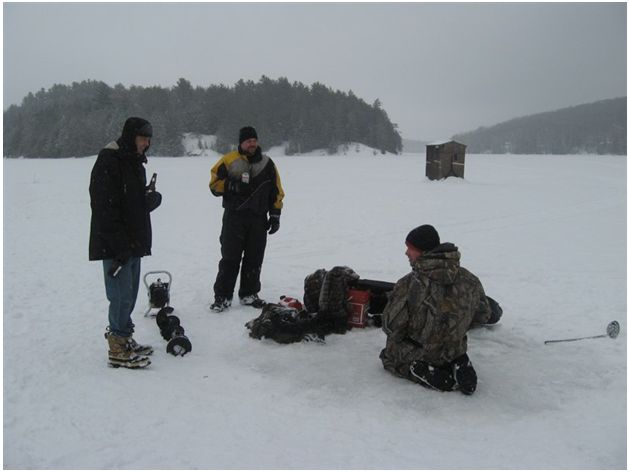
Many visitors to Finland incorporate ice fishing into broader winter activity itineraries, creating comprehensive Arctic experiences. Snowmobile tours often include ice fishing stops, allowing access to remote lakes unreachable by road while providing the thrill of speeding across frozen landscapes. Cross-country skiing routes frequently pass frozen lakes where a fishing break offers rest and refreshment. In Lapland, reindeer or husky safaris might culminate in ice fishing experiences, with traditional Sámi guides sharing their cultural perspectives on Finland’s relationship with water and wildlife. Finnish winter cottage rentals commonly include ice fishing equipment, encouraging guests to try the activity at their leisure between sauna sessions and Northern Lights viewing. For those seeking luxury experiences, ice hotels and glass igloos in northern Finland sometimes offer private ice fishing excursions arranged by concierge services, allowing guests to experience tradition without sacrificing comfort.
Environmental Impact and Sustainability
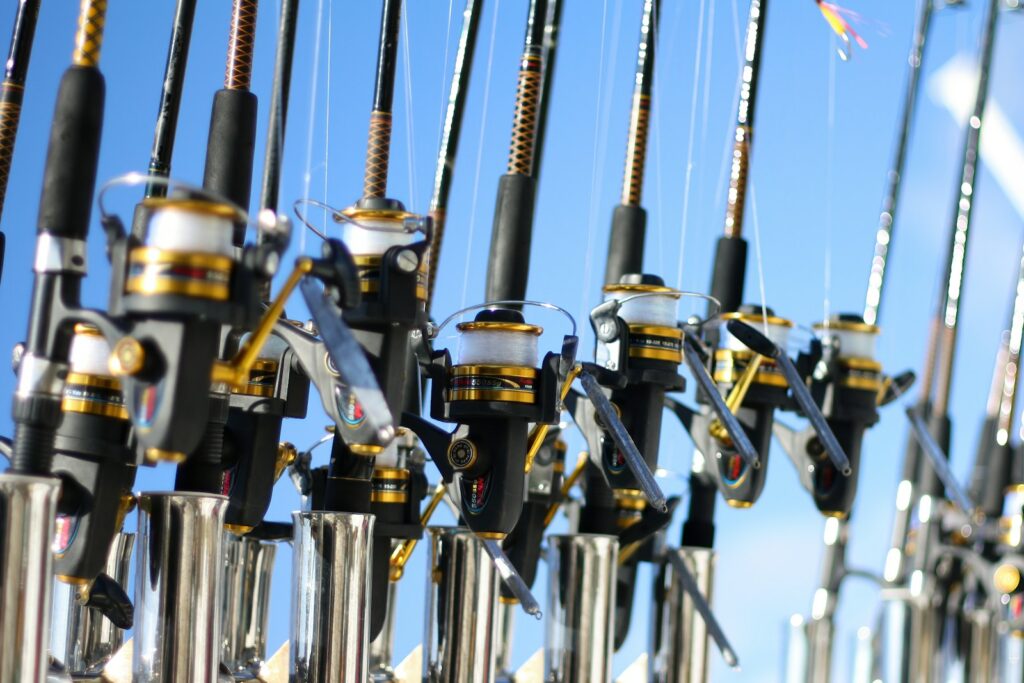
Ice fishing in Finland operates within a strong conservation ethic that prioritizes environmental sustainability. The Finnish approach to natural resource management emphasizes the concept of “jokamiehenoikeus” (everyman’s rights), which grants broad access to nature while imposing responsibility for its preservation. Catch-and-release practices are increasingly common, particularly for large breeding fish that maintain healthy populations. Local fishing associations actively monitor fish stocks and may implement voluntary restrictions beyond national regulations when necessary. Many guides and equipment rental services have adopted eco-friendly practices, such as using electric augers instead of gas-powered models to reduce emissions and noise pollution. Climate change presents new challenges for ice fishing traditions, with southern Finland experiencing increasingly unreliable ice conditions and shorter seasons, prompting both adaptation in practices and increased environmental awareness among the ice fishing community.
Conclusion
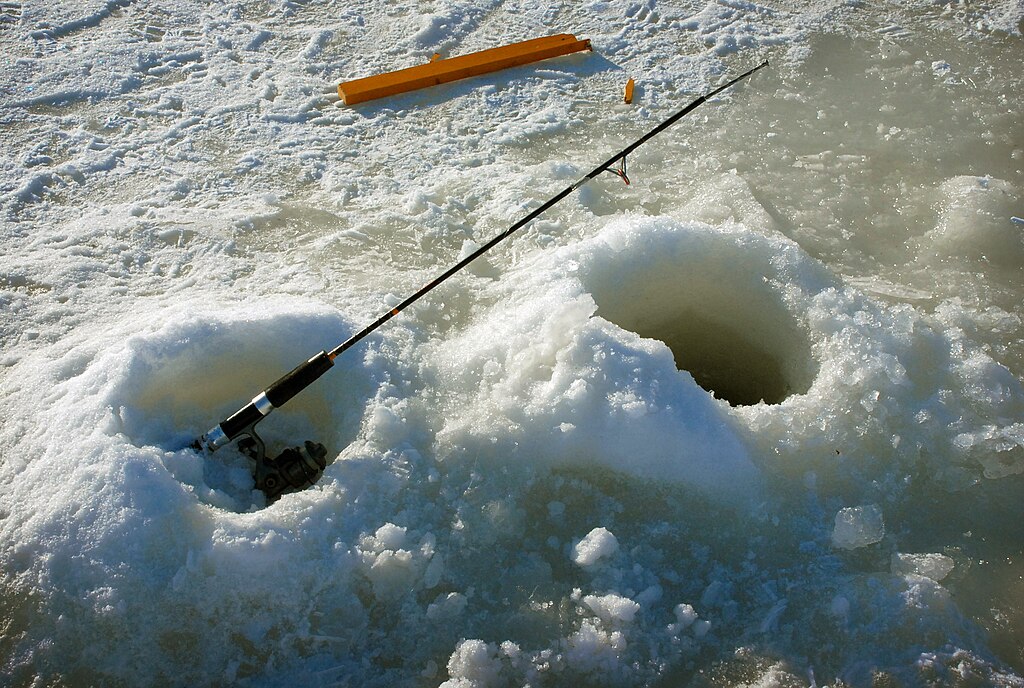
Ice fishing in Finland represents more than just a winter activity; it’s a window into the Finnish soul and the nation’s deep connection with its natural environment. This centuries-old practice embodies the Finnish concepts of “sisu” (determination) and “kotoilu” (embracing comfort at home) – finding joy and sustenance even in the harshest conditions. For visitors, ice fishing offers an authentic way to experience Finnish culture beyond tourist attractions, participating in a living tradition alongside locals. As climate change threatens the reliability of ice conditions, particularly in southern regions, these experiences become even more precious. Whether you’re drilling through the ice under the dancing Northern Lights in Lapland or joining weekend anglers just outside Helsinki, ice fishing in Finland delivers a uniquely Arctic experience that combines cultural heritage, wilderness connection, and the simple pleasure of harvesting food directly from nature’s frozen bounty.
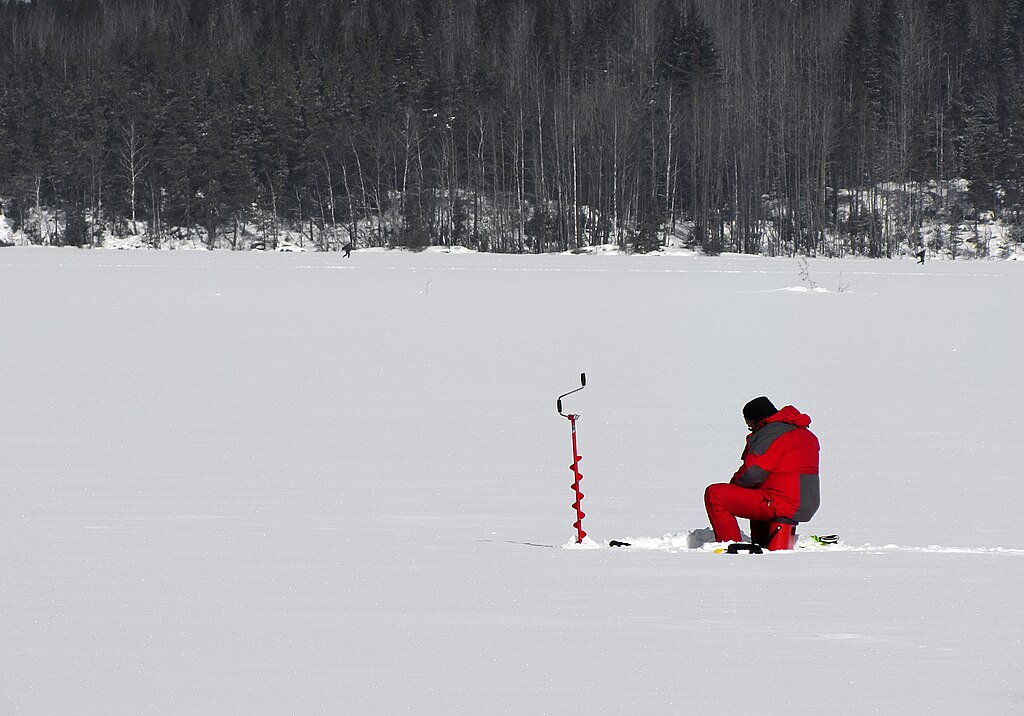
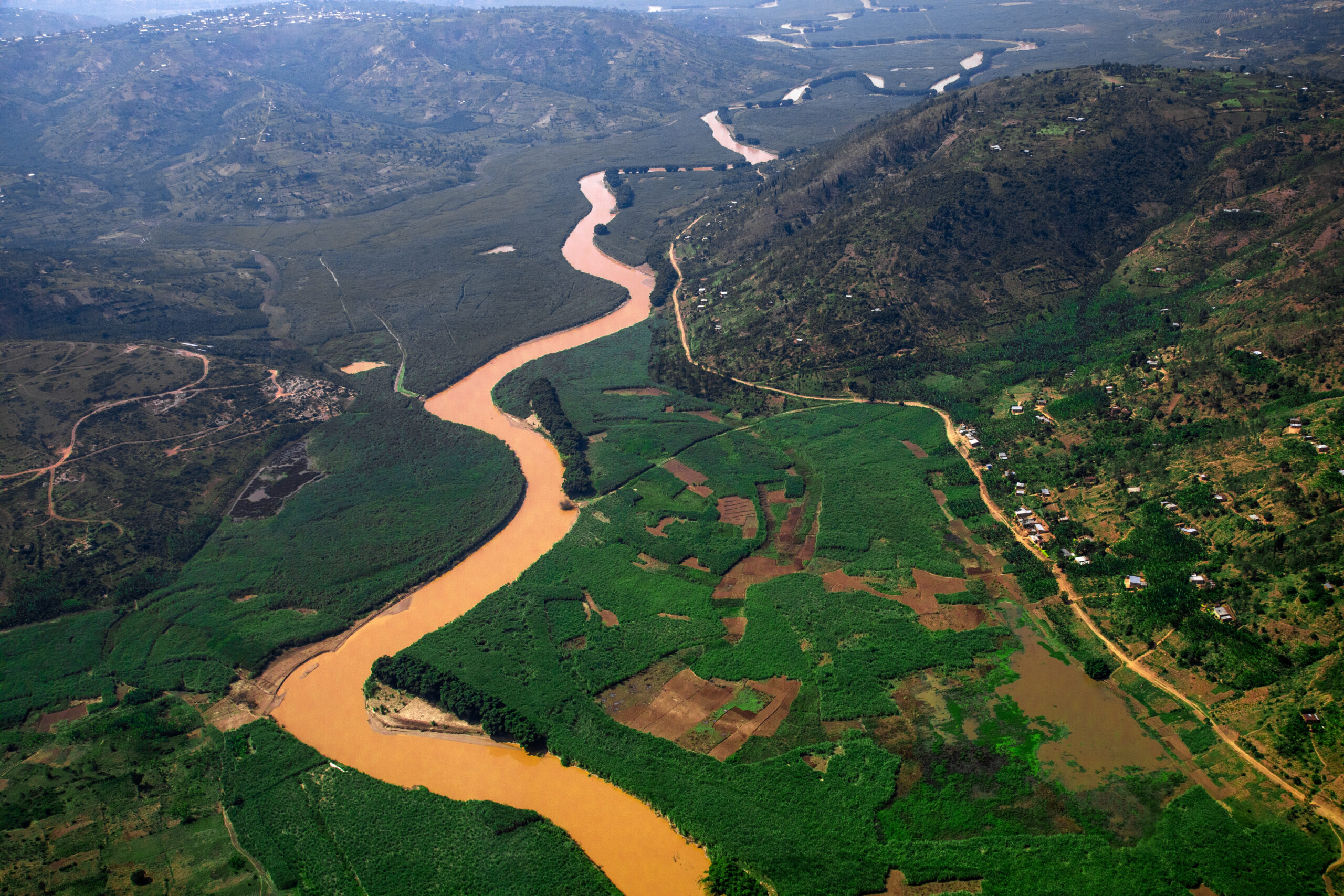

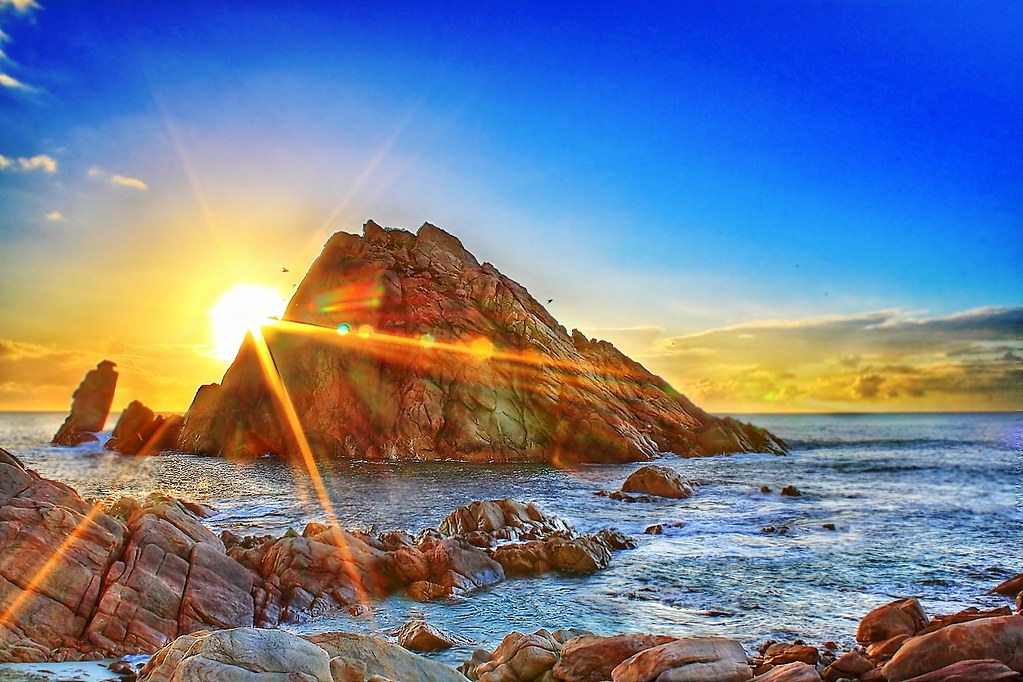










Post Comment